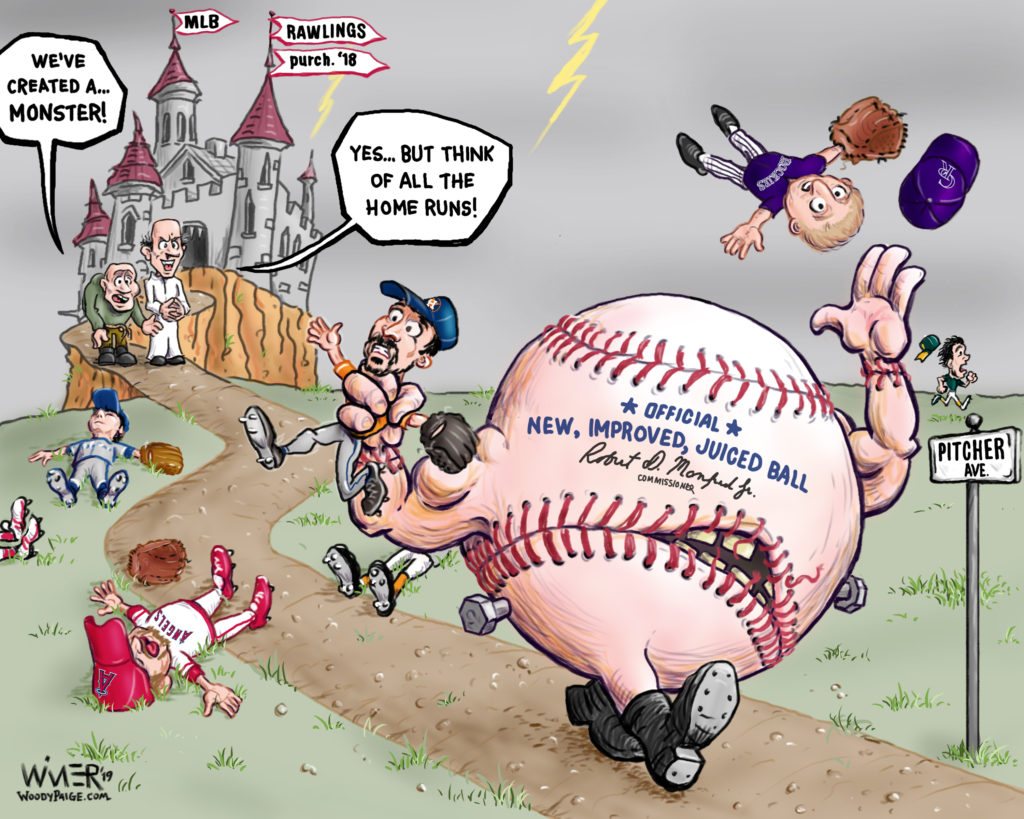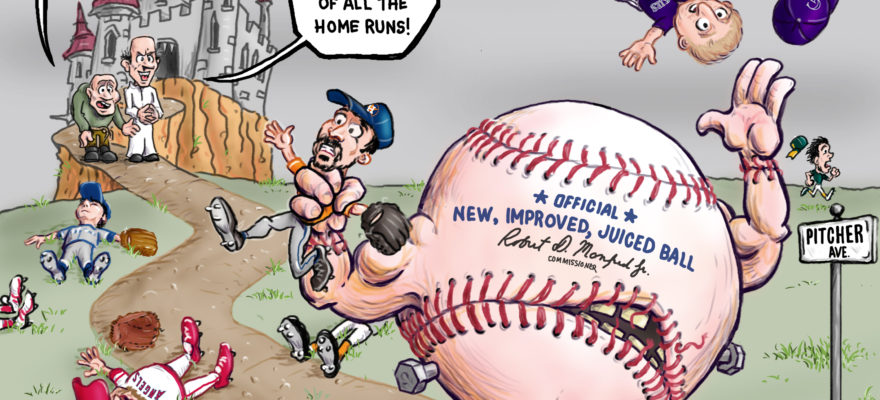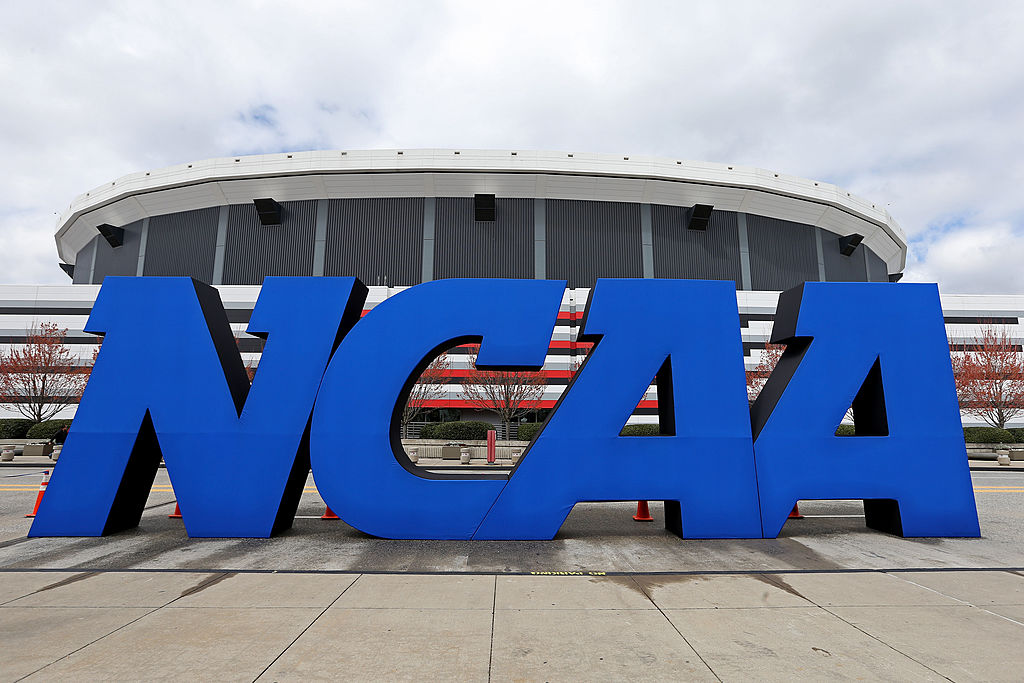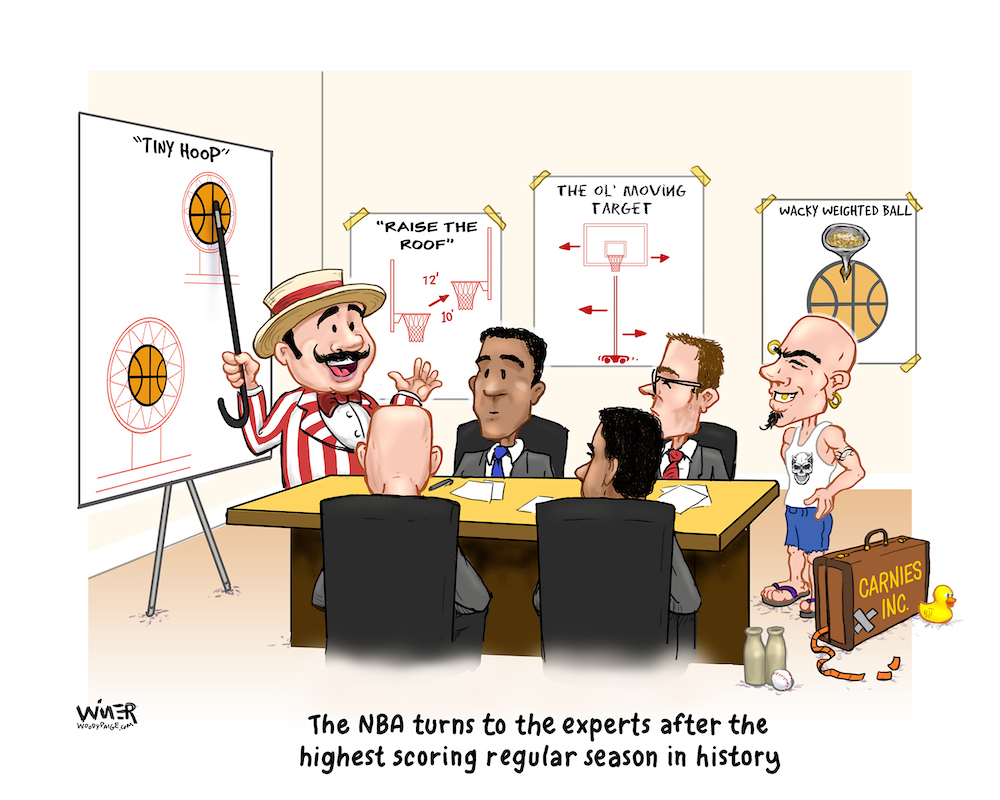
Two interesting events in Major League Baseball happened over the past couple of years.
First, in June of 2018, the MLB made a $395 million purchase of the venerable Rawlings Company, their longtime supplier of baseballs (as well as helmets, gloves, and bats).
Then, over the course of the 2019 season, home run records began falling left and right, at a rate no one could have ever predicted.
Buying Rawlings made sense in a number of ways for the second most valuable sports league in the world.
Already striving to deliver a more consistent product and exerting greater control wherever possible, why not own the only standardized piece of equipment shared by every player in the league? Sure, the league had a hand-in-glove relationship with Rawlings for decades to ensure balls met specific standards with a degree of variation (see: mud application and the humidor at Coors Field in Denver). But what if it could exert even more control?
Well, it didn’t take long. Although the trend already seemed headed in that direction at the time of the purchase, 2019 has blown by all previous years for home runs. At the time of this post, 6,735 home runs had been hit, 630 more than the previous record. 54 players have hit for 30 or more home runs this season, compared to only 27 in 2018. As can be expected, the baseball traditionalists are in a tizzy, as records have been falling on a daily basis.
If you consider MLB’s obsessive focus on retaining fans (recent declines in both stadium and television attendance), it’s hard to blame the league for looking for ways to score more runs. Holding onto the average fan or bringing in new ones is never easy with 2-1 pitching battles that deliver few big moments for casual observers. But what if was possible to light up the scoreboard without resorting to widening the strike zone, or shortening the field? And what easier way to score runs than the crowd-roar-inducing-dinger? What if you could do it by actually making the ball better?
Seems that the core or “pill” of a baseball could be centered more precisely with greater manufacturing oversight, which in turn would mean a truer flight in air with less drag, and thus travel farther after being hit. Pitchers also claim the newer balls have seams that are tighter than before, which means even less drag as well as pitcher control, and thus batters the advantage. Studies have been done, baseball officials have mostly denied “juicing,” but something clearly has happened.
As in much of life, to gain one thing something else has to be sacrificed. The Faustian bargain here is the negative impact to arguably the most important player for every MLB club, the pitcher. Nearly all pitchers have seen their ERAs inflate in this new, “juiced ball” era, but an unusual number of reliable pitchers have stumbled hard.
Cody Allen was a World Series closer only a few years ago, signed a beginning of the season contract with the Angels, and was gone by June after giving up 3.5 home runs per nine innings (compared to his 1.1 career average).
Kyle Freeland of the Colorado Rockies had a breakout season in 2018 and was a model of consistency. This year the wheels fell off with a 6.98 ERA and 25 home runs served up.
MVP, Cy Young, and World Series winner Justin Verlander who has given up 36 homers in ’19 had something choice to say about it: “it’s a f–king joke.”
Check your local team and there is a good chance of an unexpected pitcher meltdown related to this. The underlying point is that many pitchers who have built their livelihood around a certain kind of ball haven’t fared well with the league’s tweaks.
The league claims they are looking into it. In case you were wondering — have all these home runs have helped the game?
MLB attendance in ’19 is down by 1.6%.
Karl F. Wimer is an award-winning cartoonist and illustrator of sports, business, and all things random, published in books, magazines, and newspapers across five continents. His experience as a two-sport college athlete and youth coach provides unique perspective on the world of sports. Years of work in the trenches as a marketing executive inform his visual commentary on the business world. A favorite recurring role with a strong fundraising element is his annual effort detailing the adventures of the mascot of the US Paralympic Ski and Snowboard team. See more of his work at karlwimer.com and on Facebook, Twitter, and Instagram.

















